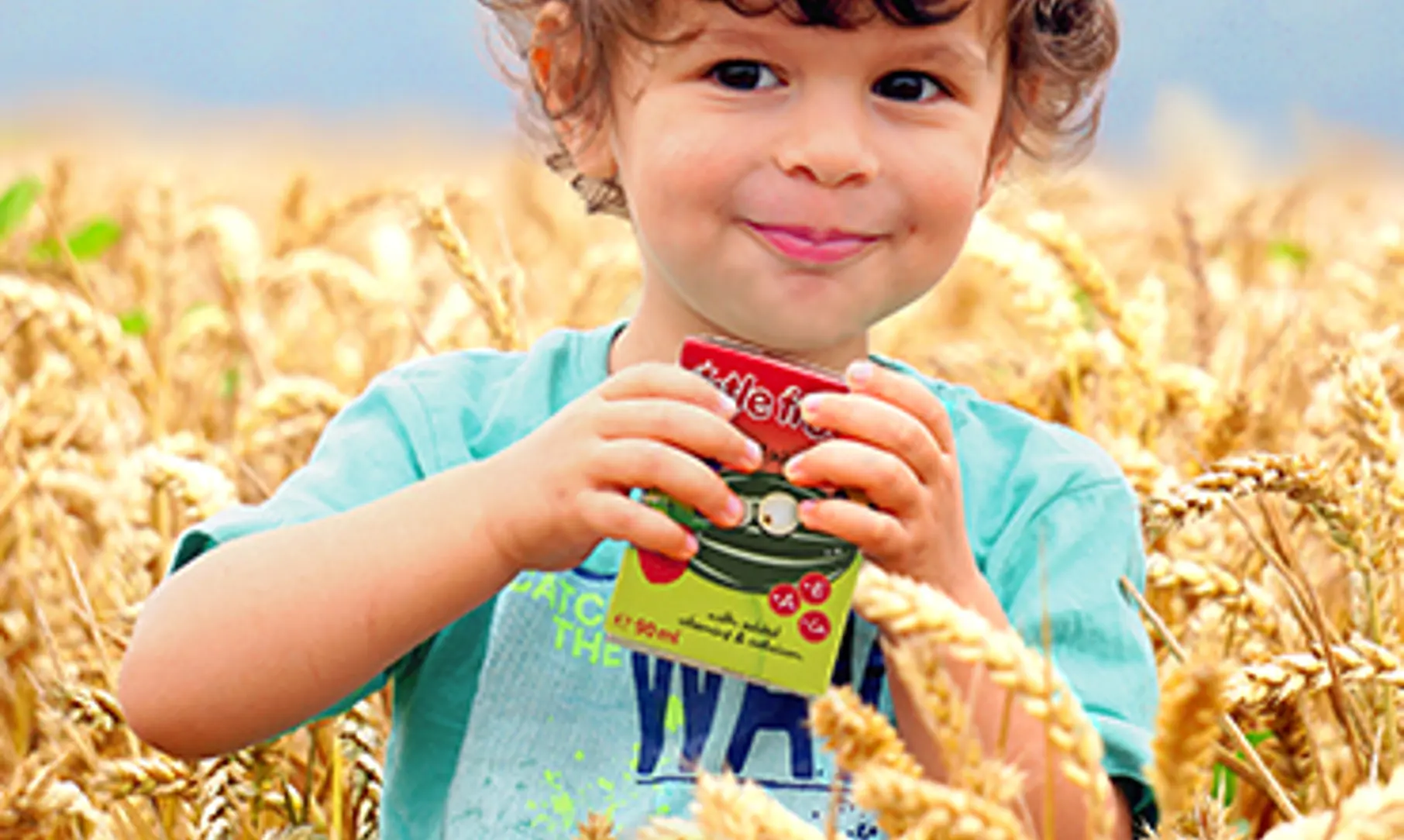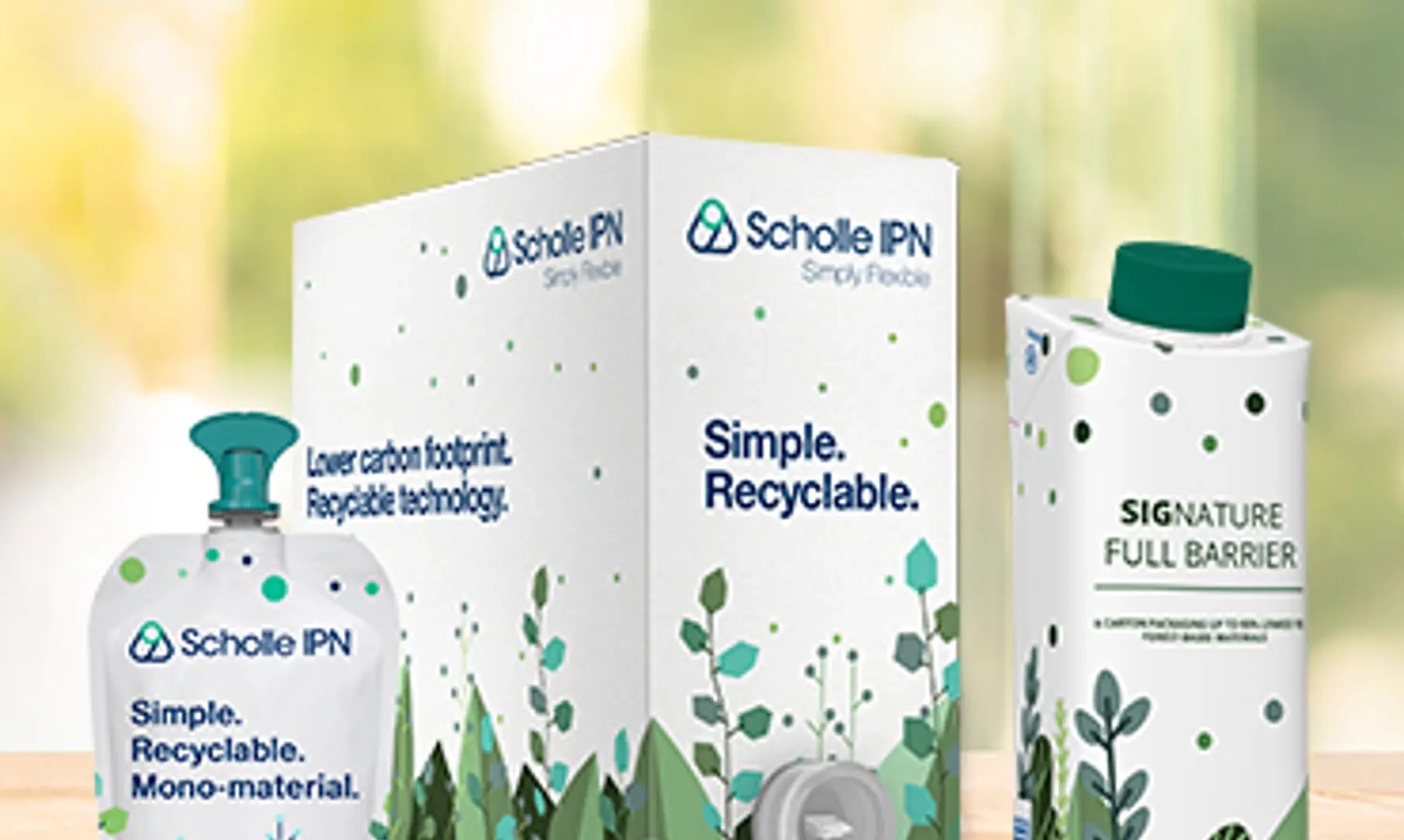Juices vs Smoothies

Smoothies are thriving. Juices are experiencing slow growth. What trends are in the making for both categories? And who will win the consumer war?
Smoothies once dismissed as just a “natural food craze for hippies” have since become one of the fastest-growing categories within food and beverage. What has driven such record growth? And is the rise of smoothies causing the decline of pre-packed juices or is the category reinventing itself?
The global smoothie market size was calculated at 12.10 billion USD in 2021. It is expected to grow at a CAGR of 7.2% by 2027, amounting to a sizeable 17 billion USD. Notable growth markets are China, Japan, Canada and in Europe, Germany. By contrast, the European juice market is expected to see slow growth although in developing markets India, Turkey, and Russia are predicted to see the highest CAGRs in the next five years, as detailed in Mintel’s 2021 market report.
Trends in taste
In the last few years, both regional and international players have woken up to the smoothie potential, with a surge in product launches. Flavours like pumpkin, omega-3 rich (EO3) and even espresso smoothies have flooded the market. However, due to the prevalence of sugar and calories in many, consumers are looking for alternatives.

These alternatives come in the form of low-calorie drinks, including vegetable juice blends, as well as no-added-sugar smoothies. In a bid to win back consumers, juice producers are also innovating with flavours and fortification, so vitamin-fortified drinks as well as local flavour options are emerging. In Asia, for example, mangosteen, waxberry, monk fruit and satsuma flavours are cropping up.
What has spurred global growth?
The phenomenal growth of the smoothie and fortified juice sector is partly fueled by changing lifestyles and food habits. Since 2020, there’s been a high demand for healthier, snack alternatives and nutrient-rich drinks – true in both established as well as growing markets. Since the ending of pandemic restrictions, there’s been a resurgence of on-the-go and convenience drinks, likely to become a differentiator again.
Fewer additives
Whatever consumers opt for – smoothie or juice - it’s essential the contents are kept fresh, safe and convenient. And this is where packaging plays a vital role, both for end consumers and retailers. With shelf-stable packaging options like bag-in-box, pouches, and cartons, certain manufacturers can deliver natural, fresh-blended smoothies and juices without the need for preservatives.

While health and wellness remain a priority, there’s clearly enough demand for both categories to grow. As consumers require more transparency in ingredients, as well as the green credentials of product producers, differentiation becomes vital, not just for products but also in the packaging of them. And this is where SIG’s varied range of sustainable packaging solutions can help make a difference. Reach out to know more.
In part four of Drinking Different, we turn our attention to the trends shaping the dairy industry, before examining the different types of dairy-based beverages and packaging on the market today. Get the story in your inbox by subscribing to our exclusive bi-weekly newsletter, SIGnals Update.
- noiembrie 03, 2022
